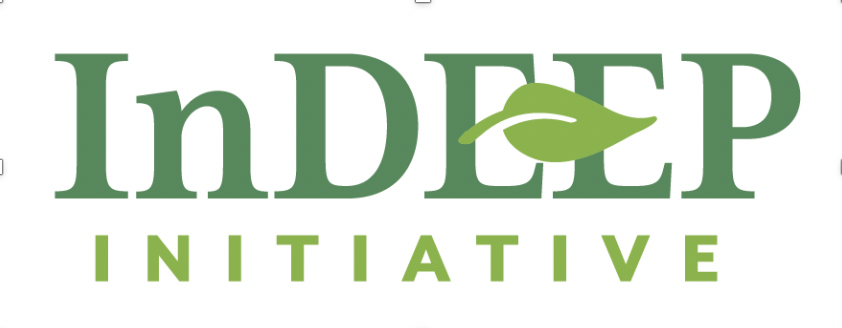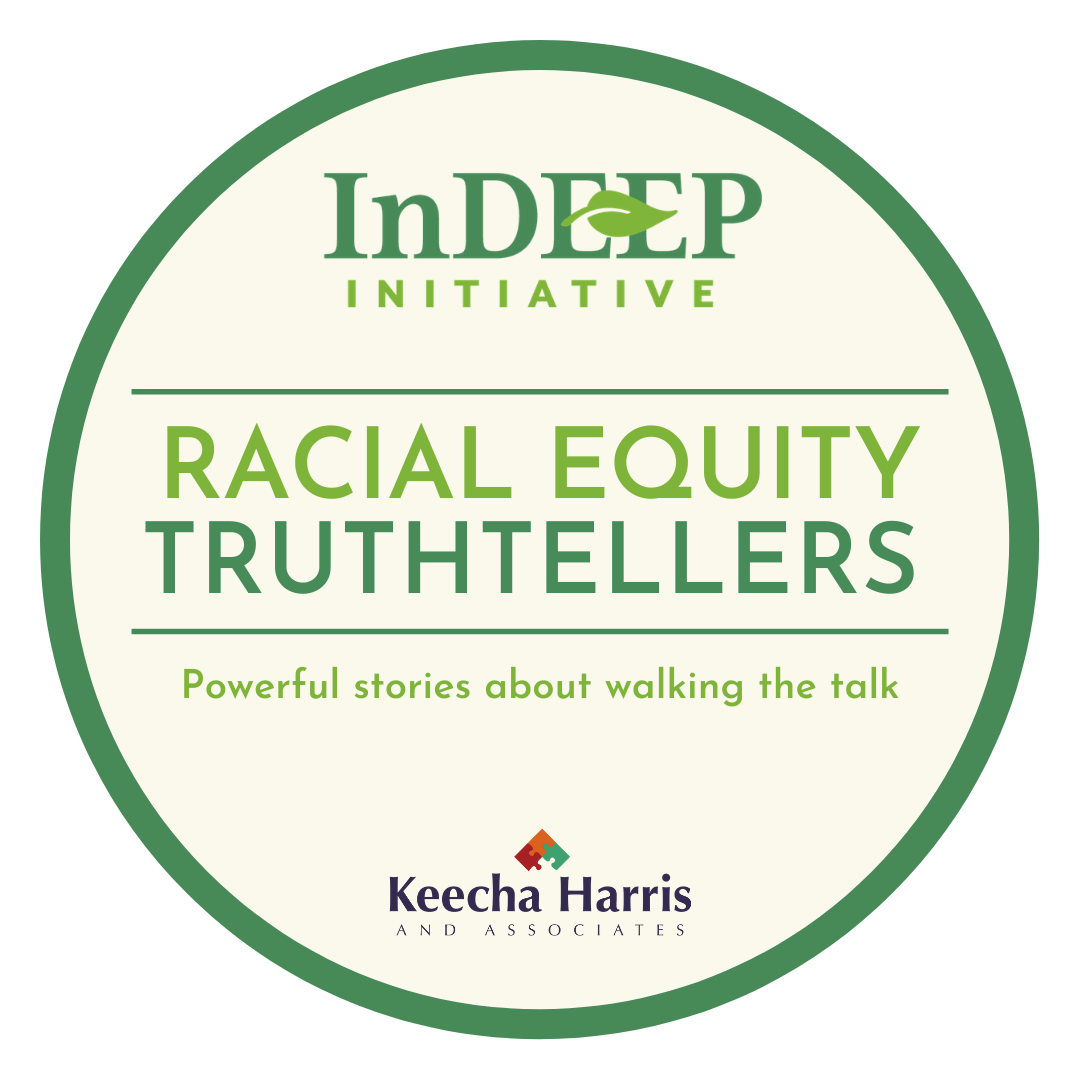Racial Equity Truthtellers: "No one organization can do racial equity work on their own."
There is no space in which diversity, equity, and inclusion should not be used as a lens for change. Navigating through this lens can oftentimes be a challenge for many organizations within the environmental, conservation, and outdoor recreation sectors. This is where The Avarna Group thrives.
Created by Ava Holliday and Aparna Rajagopal, The Avarna Group was born out of mutual interest in helping people to do and be better. “We shared a frustration that there were a lot of people who wanted to do what is now diversity, equity, and inclusion and justice work, but folks were doing it in this really piecemeal way,” said Holliday. “Aparna and I knew there was a strategy to this where we could support the folks who care about doing this work,” she continued. The two then came together and developed a framework that provides solutions that foster long-term change.
The founding partners and their team provide organizations with strategic direction to bring their visions to fruition. Their vision is manifested through learning experiences, assessments, implementation planning, mentorship, and coaching. As a result, these organizations build and sustain healthy relationships among themselves and with the planet.
The Importance of Racial Equity
Aparna Rajagopal, photo credit: The Avarna Group
Racial equity is a subjective term that looks different depending on who is defining it. Collectively, The Avarna Group defines racial equity as acknowledging and addressing the systemic barriers, mistreatment, and disadvantages that people experience based on their race. It is an intentional approach to ensuring that everyone has access to the same opportunities and resources.
When asked about the importance of racial equity, both Holliday and Rajagopal replied that it is extremely important due to the history of the United States. “If we don’t embed a racial equity lens to the work that we do, whether it’s in conservation or in finance or in housing or in health care, we risk being complicit and perpetuating the systems currently in place,” said Holliday.
While it is no secret that systemic racism has played a major role in shaping the way many organizations are run, change cannot happen from just one group. “We are in a position to help a whole movement address it and move the needle, because no one organization can do anti-racism work on their own. We need collaboration,” said Rajagopal.
Use of the Term “BIPoC”
Recently, there has been much discussion about the use of the term “BIPoC'' to describe Black, Indigenous, and people of color. While some see no problem with using the term, others believe that it dismisses other groups from the narrative when discussing racial equity. Rajagopal uses the term to talk about people of color in the context of referring to Black communities, Indigenous communities, and other communities of color. She concluded with, “We continue to use it, but we know that it’s imperfect because language is always imperfect and there won’t be any perfect term.”
Holliday added, “One of the things that I’ve really liked about the term ‘BIPoC’ is that it has generated this conversation, which is really important to be able to speak to the different experiences of oppression within communities of color.” That conversation can be seen throughout social media as people learn and share their own experiences with the term. Holliday mentioned a Twitter user who had a different understanding of what BIPoC meant.. That led her to conclude that we’re not all on the same page as to what BIPoC actually means.
In discussing the use and meaning behind a term like BIPoC, it can be easy to pivot the focus to semantics instead of the issues at hand. Holliday referred to this as an avoidance tactic that people may or may not be consciously aware of but that should be brought to light.
Rajagopal referenced the importance of finding out how someone identifies before labeling them BIPoC. Failure to describe a person without asking them how they identify themselves does more of a disservice to justice work than helping it progress.
Collaboration over Competition
Ava Holliday, photo credit: The Avarna Group
One of the things The Avarna Group focuses on is building compassion for folks doing racial equity work. Rather than competing against similar organizations with the same goals, both Holliday and Rajagopal choose to collaborate wherever possible. In this way, they approach the work they do with a sense of abundance.
“We create divides within our communities when we actually share the same values. We may just not share the same approach, and that’s actually fine,” said Holliday. She believes that the set of practices this country was built on divides our communities enough already.
Rajagopal reflected on her own personal journey to accepting that she has a talent for talking to white-led organizations and that this is okay. In committing to racial equity work, it is important to understand your strengths, lean into them, and ask for help when needed. While one person may not be able to effectively communicate with a particular group, someone else can. When both people can bring their skill sets together, everyone wins.
A Space for Healing
For those interested in entering the conservation or environmental space, Holliday and Rajagopal each offered a piece of advice. Holliday recommended understanding the history of racial inequities within the space because it’s important to understand where we’ve come from. Rajagopal recommended practicing some form of therapy so you can engage in your own healing. “There's self-care, and then there’s healing work,” she explained. Once you’ve done the healing work of addressing trauma both historic and current, you can be more present in the work that you do.



